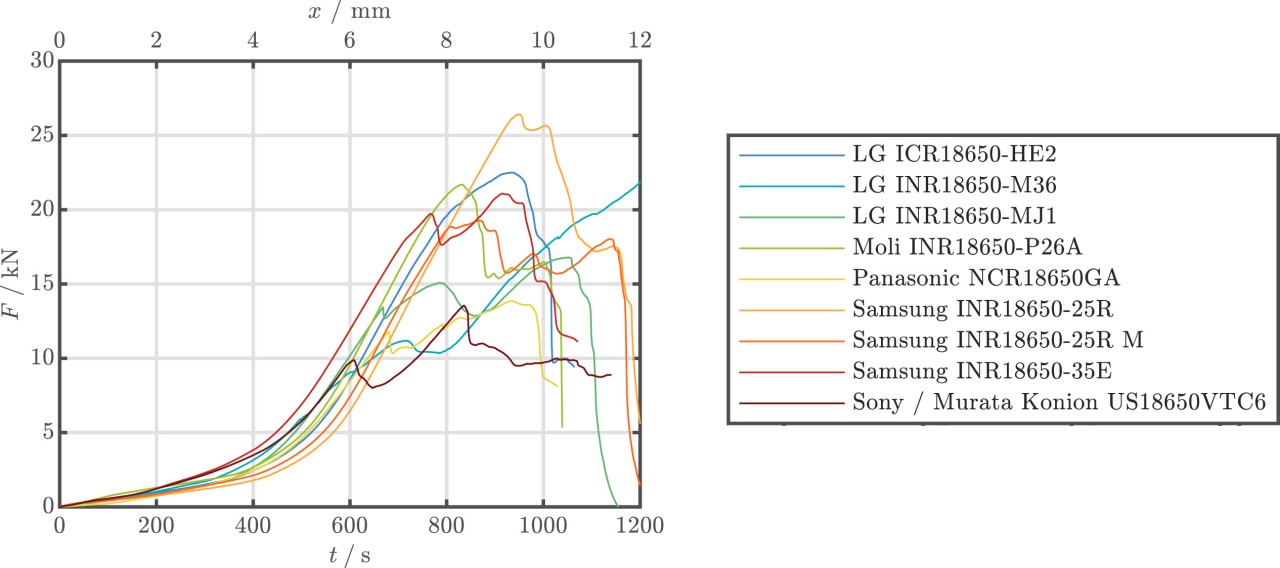
How can potential dangers be minimised and the safety of energy storage technology improved?
The safety of lithium-ion batteries when subjected to mechanical crush loading is a critical concern due to the risk of triggering internal short circuits and thermal runaway. This paper focuses on discrete layered finite element models as a means to represent internal stress and deformation, addressing challenges in material parameter measurements, meshing, convergence, and validation. The analysis highlights the potential benefits of using layer discrete models for qualitative and quantitative validation. As an illustrative use case, a sensitivity analysis of mechanical material parameters was conducted to assess their impact on the overall model.
Lithium-ion batteries, prized for their high energy and power density, are the leading energy storage technology for various mobile applications. However, they face the risk of internal short circuits and thermal runaway when subjected to external mechanical deformations. The consequences include the release of burning and toxic gases, high temperatures, ejection of burning components, and even explosions. Thermal runaways in modules or battery packs can lead to widespread propagation, posing serious dangers to consumers, the environment, and damaging the technology's public perception. Understanding and mitigating these risks is crucial as the trend toward higher energy density may amplify the potential consequences of thermal runaway events.
Given the increasing energy density in lithium-ion batteries, the stored potential in the event of a thermal runaway is growing. Consequently, the relevance of studying and addressing these safety issues is expected to rise, emphasizing the importance of preventative measures and comprehensive investigations into the causes and effects of thermal runaway events.
Read more details in the published article.